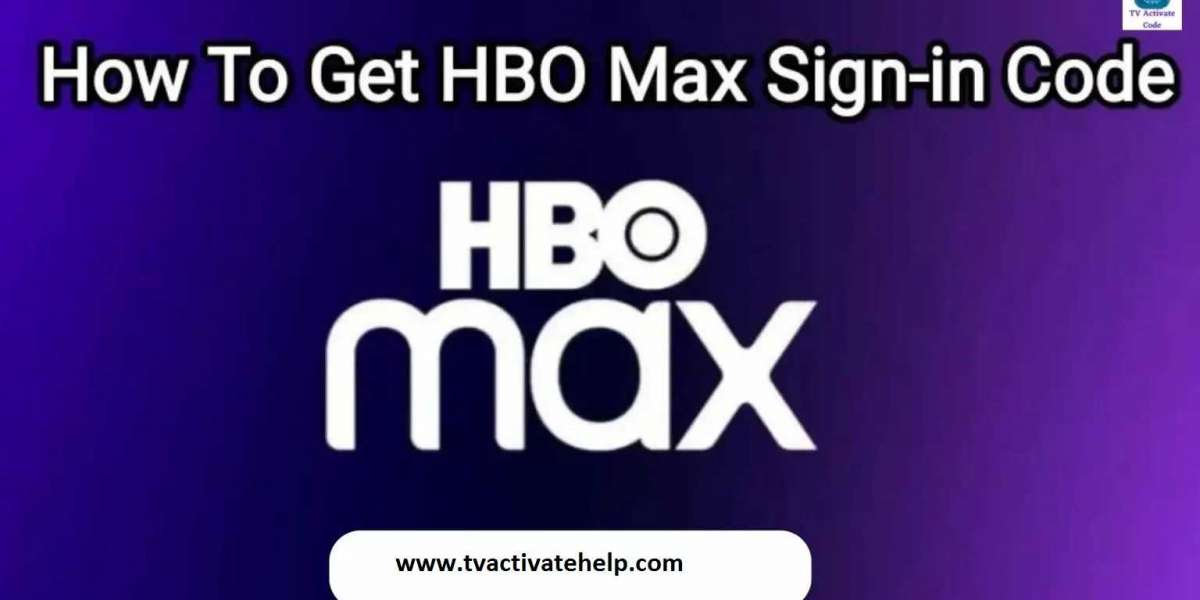Millions have dreamed of becoming authors for generations, only to have their dreams thwarted by traditional publishers. Today, those barriers are falling as the self-publishing revolution gains unstoppable momentum. If you publish independently, book printing, editing, cover design, and marketing responsibilities fall on you as the author. It's wise to do your homework in advance and be ready to decide on content preparation services (editing, formatting, etc.) and printing. It matters because more than 80 percent of books are read in traditional hard copy form.
Perfect-bound books, commonly known as paperbacks, are the most popular. They have lower costs than hardcover but maintain an excellent presence on a shelf. With online bookselling, shelf appeal may be less of a consideration, but most authors still aspire to sell their books in brick-and-mortar stores. Also, libraries are a consideration. If your customers support the price, there's nothing wrong with case binding. Hardcover books are the most expensive and have a cachet a bit above the other binding methods. It depends mostly on your customers and the price point that will work best for your book.
Spiral bindings are often the way to go if you've written a cookbook, manual, or guidebook that readers will want to keep open. Today they're plastic and come in various colors. Depending on your image, you can make a strong branded statement with complimenting or contrasting colors. For better or worse, a book's appearance has much to do with how well it sells. Even with online sellers, the cover design appears as a thumbnail and full size where buyers browse. It's why self-published authors must address all areas – and don't forget the subtitles for nonfiction books.
The final binding choice is wire-o and is appropriate for books that need a different look and feel than a plastic spiral gives them. Part of your research is looking at other successful books in your genre. Do you want to look similar to them or completely different? Sometimes being different is an excellent idea, but other times it can make your book harder for people to understand initially. Besides editing and cover design, the binding style is one of the most significant decisions you'll make about your book. Years ago, hardcover editions were first followed by paperback editions to spark additional sales later.








